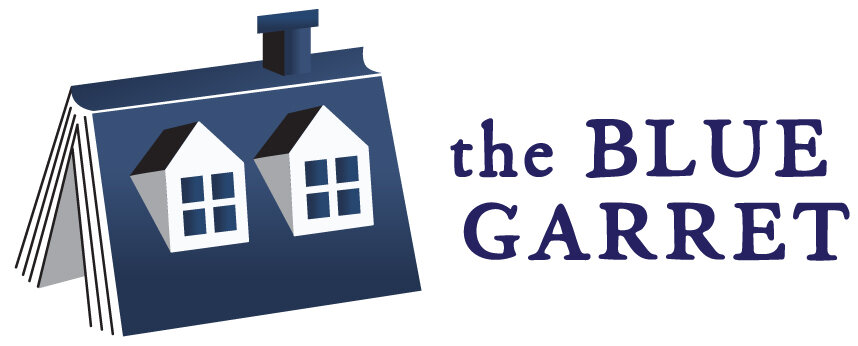How to improve your novel using beta readers
Working with beta readers can be a low-cost way of improving your book and making sure it connects with readers in your genre. This post will give you tips on how to find beta readers, what questions to ask them, and how to use their feedback.
When to use beta readers
The ideal time to bring beta readers into the creative process is when you feel that you’ve gotten your draft as far as you can take it without feedback. That said, your book should be essentially complete: if you are stuck on how to resolve the plot, consult with an editor first to help you finish a draft.
If you are planning to work with a developmental or content editor, I think it’s best to do a revision based on feedback from beta readers before that edit. You’ll end up with a stronger draft to send to your editor, who will then be able to zero in on more difficult problems or on subtler details. An editor can also help you weigh conflicting feedback from readers.
How to find beta readers
A beta reader is just like a beta tester for software: someone willing to read your book in its rough form and tell you about their experience. In theory, a beta reader can be anyone willing to sit down and read your book. In practice, it’s best to find beta readers who regularly read books in your genre. Friends and family can be beta readers, but only those folks you think will offer you honest feedback. People who don’t know you well are more likely to be direct about any flaws they see in your work.
If you’ve already published one or more novels and have an email list of readers or a social media following, that’s a great pool to draw from. If not, your best bet is to start with other writers and offer to trade critiques. Novelist K.M. Weiland has a great list of writing communities in various genres, as well as other tips for working with beta readers.
Don’t cast the net too widely. It takes time to coordinate beta readers, as well as to go through their feedback. You want to get promises from enough people that if only half follow through, then you’ll still have several responses.
How to work with beta readers
Use a spreadsheet or some other method for keeping track of your requests, responses, and reminders. Novelist Mark Coker has concrete advice for using Google forms to collect and organize responses. I’ve included a starter list of questions at the end of this post, as well as an editable PDF you can send to beta readers.
Give your beta readers a target date for responses, and send a few gentle, polite reminders once the deadline passes. After that, move forward with whatever responses you have received. Remember to say thank you at every step of the way: these folks are volunteering to spend several hours of their precious time to help you make your book better. You might even want to thank them by name in your acknowledgments or send them a free copy of the novel when it’s released.
How to handle feedback
Be willing to have an open mind, otherwise none of this will be worth the effort – either for you or for your beta readers. You won’t be able to address every reader reaction and every concern, but look for patterns. If multiple readers flag the same problem, you need to pay attention.
However, also remember that this is your book and your world. It is up to you to decide whether and how to improve the reader’s experience while staying true to your creative vision.
Questions for beta readers
You don’t want to overwhelm your beta readers with questions. Ten to fifteen questions seems about right. Feel free to use or adapt the following list. (Click here to download an editable PDF of the questions to send directly to beta readers.) I’ve also written a companion post for beta readers on how to give constructive feedback.
Did the first chapter of the novel make you want to keep reading? Do you think the book should start at a different point in the story?
Is the world of the story understandable and believable? Can you picture it in your head? Did you get too much detail about the world right away, or not enough?
Are there any details that didn’t seem like they fit the world of the story?
Are the main characters’ goals and motivations clear, and do their actions fit their goals?
Do the main characters grow and evolve over the course of the novel?
Are there too many characters? Did you get confused or overwhelmed with trying to keep track of who is who?
Are there any secondary characters who seem unnecessary or just don’t feel believable?
Does the dialogue feel natural? Do different characters have distinctive voices?
Are there any characters you would like to see star in a future book?
Does the plot make sense? Is it logically consistent? Are there any events that seem out of place?
Is the end satisfying? Are all of the plot strands wrapped up?
Is the pacing too slow or too fast anywhere in the novel? Are there scenes that just drag? Or any scenes that should be expanded?
Check out our Resources page for more in-depth articles on writing, revising, polishing, and publishing your novel. Sign up for our weekly newsletter for fresh content, and you’ll also get our free PDF with recommended reading for writers!

